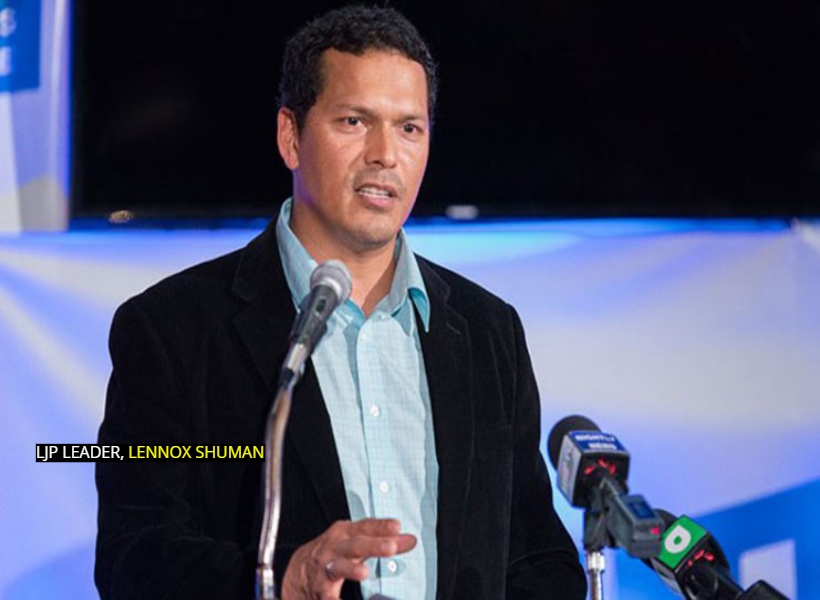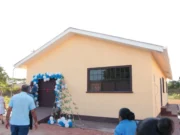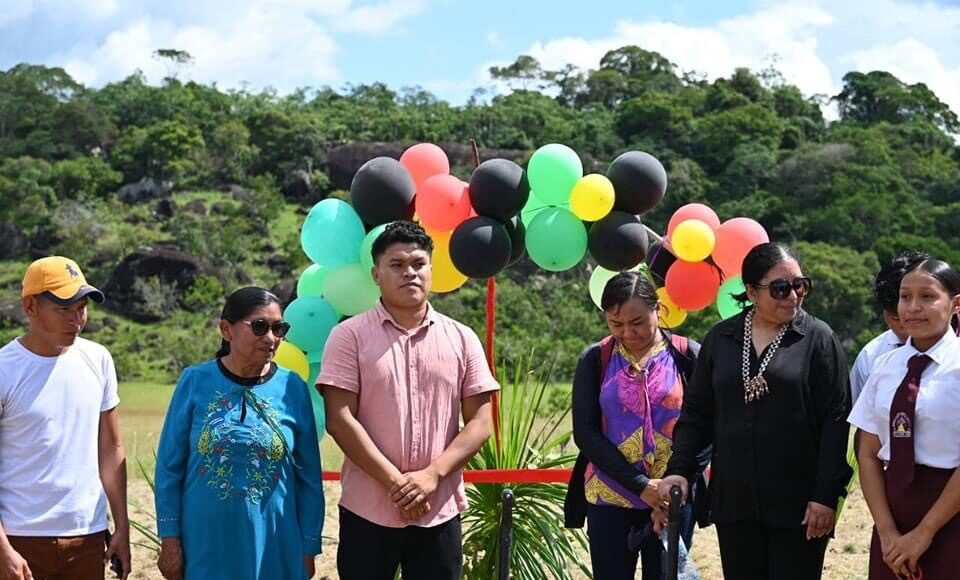To provide better access to tertiary education for citizens in remote villages, the University of Guyana (UG)has announced the establishment of its first indigenous campus in Aishalton, South Rupununi, Region Nine.
This marks the realization of a 16-year-old dream for the region’s indigenous communities and heralds a new era of higher education accessibility in one of Guyana’s most remote areas.
The new campus, named “Maoka Taawa University of the Forests,” was inaugurated through a series of historic events attended by key stakeholders from across the region and the nation over the weekend. Representatives from seven of the nine village Touchaus, high-level officials from the 21 villages of the South Rupununi District, and senior officials from the University of Guyana were present to witness the signing of a landmark agreement and the turning of the sod.
The university has since noted that the establishment of Maoka Taawa University of the Forests is not only a significant educational advancement but also a monumental achievement in collaborative governance and community-driven development. The new campus is set to serve the 21 communities of the South Rupununi, which are more geographically aligned with Brazil than with Guyana’s capital, Georgetown. This initiative is particularly notable as it represents a joint venture between the University of Guyana, the South Rupununi District Council (SRDC), and the Aishalton Village Council.
According to Michael Thomas, former Touchau of Aishalton Village and chair of the proceedings, the SRDC had prioritized education in its development plans since 2008. However, significant progress was only made recently when a delegation of five Touchaus traveled to the University of Guyana’s Turkeyen Campus in Georgetown to propose the idea. “We hadn’t gotten much traction until about a year ago when we made our case to the university,” Thomas explained. “This is a historic and proud moment for us. Education is what we have yearned for; we know it’s the key to everything.”
The partnership for Maoka Taawa University of the Forests is built on a model that distributes equal but distinct responsibilities among the University of Guyana, the SRDC, and the Aishalton Village Council. This collaborative approach ensures the resourcing, management, and sustainability of the project are effectively managed by all three parties.
The Maoka Taawa University of the Forests is also being designed to address the unique challenges faced by the indigenous population of South Rupununi, which spans a vast and dispersed territory. Despite producing over 600 secondary school graduates annually, the region sees less than 5% of its students continuing to higher education. The new campus aims to reverse this trend by offering educational opportunities directly within the community, eliminating the need for students to leave their homes for extended periods.
Initially, the university will offer courses that are specifically tailored to the needs and interests of the local communities. These courses were developed based on comprehensive data collected from the South Rupununi, including structured surveys, qualitative interviews, and observational studies. The initial curriculum will focus on seven key disciplines: education, agriculture, environmental sciences, sustainable and tourism, medical sciences, sustainable engineering, construction and infrastructure, business, indigenous knowledge, entrepreneurship, and accounting.
The phased development of Maoka Taawa University of the Forests will feature a small physical footprint and an innovative incremental micro-credit academic structure. This approach is designed to facilitate both professional and vocational training, offering pathways to better livelihoods through education and skills development. “This project is not just about education; it’s about creating opportunities for a better life,” Thomas noted.
The university’s task force for the project includes prominent figures from the University of Guyana, such as Dr. Gyanpriya Maharaj, former Director of the UG Centre for Biological Diversity; Calvin Bernard, Director of UG’s Institute for Marine and River Ecologies and Economies; and several other key members. They are joined by Dr. Diana Gobin, Deputy Vice Chancellor for Finance and Administration, and Dr. Malcolm Williams, Director of UG’s Tactical Online Services Unit.











